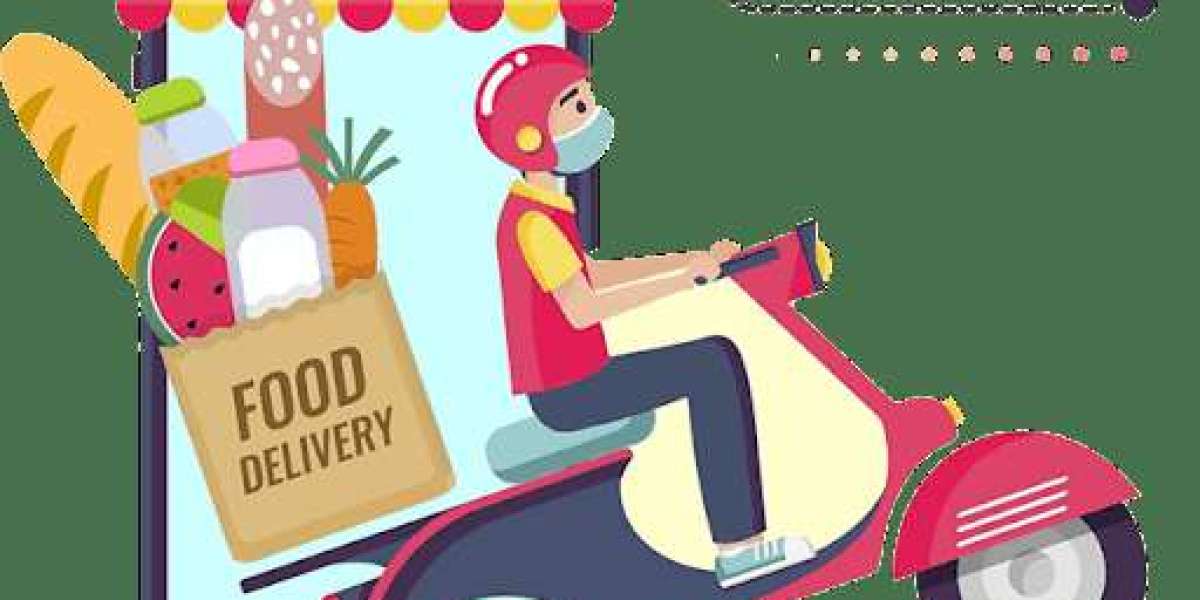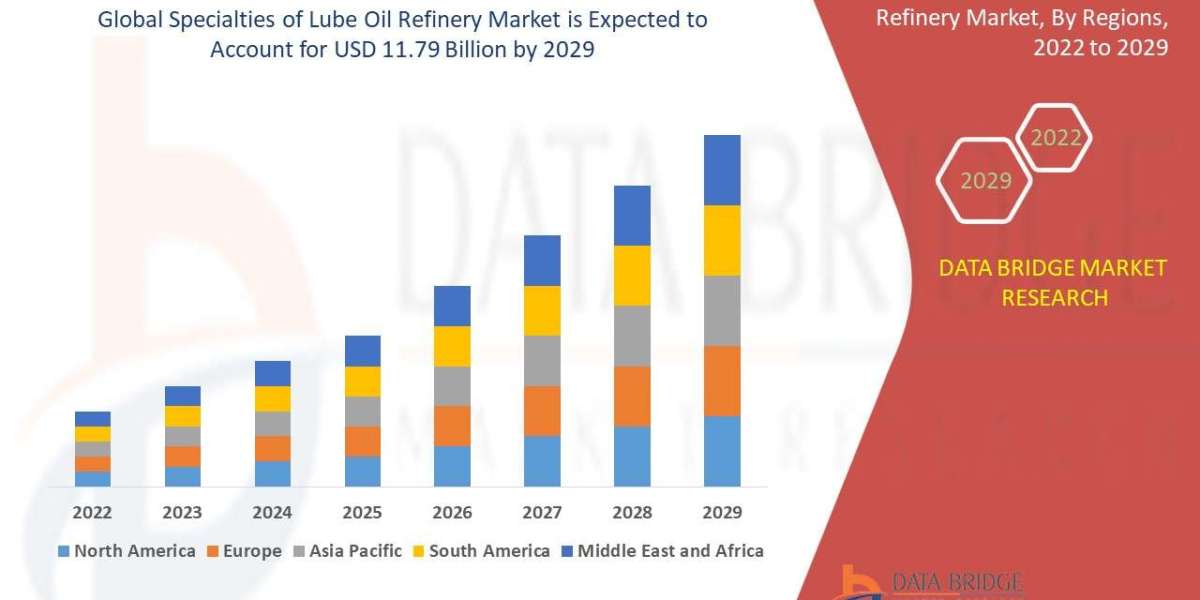The food delivery industry has transformed dramatically over the past decade, driven by advancements in technology and shifting consumer preferences. Developing a food delivery app is a promising venture, offering convenience to customers and new revenue streams for businesses. This guide outlines the essential steps and considerations involved in creating a successful food delivery app.
#### 1. Market Research and Planning
The first step in developing a food delivery app is thorough market research. Understanding your target audience, their preferences, and existing competitors is crucial. Identify market gaps and opportunities to stand out. This research will inform your app’s features, design, and overall business strategy.
#### 2. Defining Key Features
A successful food delivery app development requires a set of core features that enhance the user experience and streamline operations:
- **User Interface**: An intuitive and visually appealing UI is essential for ease of navigation and user satisfaction.
- **Restaurant Listings**: Detailed restaurant profiles with menus, prices, photos, and customer reviews.
- **Order Management**: Efficient order placement, customization options, and secure payment gateways.
- **Real-time Tracking**: GPS-based tracking allows customers to monitor their order status in real time.
- **Notifications**: Push notifications to update users on order status, promotions, and offers.
- **Customer Support**: Accessible customer support options to address issues and queries promptly.
#### 3. Choosing the Right Technology Stack
The technology stack plays a critical role in the app’s performance, scalability, and security. Here are some popular choices:
- **Frontend**: React Native and Flutter for cross-platform development, or native technologies like Swift (iOS) and Kotlin (Android).
- **Backend**: Node.js, Django, or Ruby on Rails for building robust APIs.
- **Database**: MySQL, PostgreSQL for relational databases, or NoSQL databases like MongoDB for flexibility.
- **Cloud Services**: AWS, Google Cloud, or Microsoft Azure for reliable hosting and storage solutions.
#### 4. Development Process
- **Prototyping and Design**: Start with wireframes and prototypes to visualize the app’s layout and user flow. Focus on creating an engaging and functional UI/UX design.
- **Development**: Implement the frontend and backend components, integrating essential APIs and third-party services.
- **Testing**: Conduct comprehensive testing to identify and fix bugs, ensuring the app performs well across various devices and operating systems.
#### 5. Launch and Marketing
- **Beta Testing**: Release a beta version to a select group of users to gather feedback and make necessary improvements.
- **Marketing Strategy**: Develop a marketing plan that includes social media campaigns, influencer partnerships, and promotional offers to attract and retain users.
- **Official Launch**: Release the app on major platforms like the App Store and Google Play Store. Monitor performance and user feedback closely post-launch.
#### 6. Post-Launch Support and Scaling
Continuous improvement is vital to an app's long-term success. Gather and analyze user feedback to guide updates and new feature developments. Regularly update the app to fix bugs, improve performance, and introduce new functionalities. Offering prompt and effective customer support is essential to maintain user satisfaction and loyalty.
### Conclusion
Developing a food delivery app involves a multifaceted approach, from initial market research and planning to development, launch, and ongoing support. By focusing on creating a user-friendly and feature-rich app, leveraging the right technology, and implementing a robust marketing strategy, you can build a successful food delivery app development that meets consumer needs and stands out in a competitive market. As the demand for convenience continues to rise, a well-executed food delivery app can provide significant opportunities for growth and profitability.


